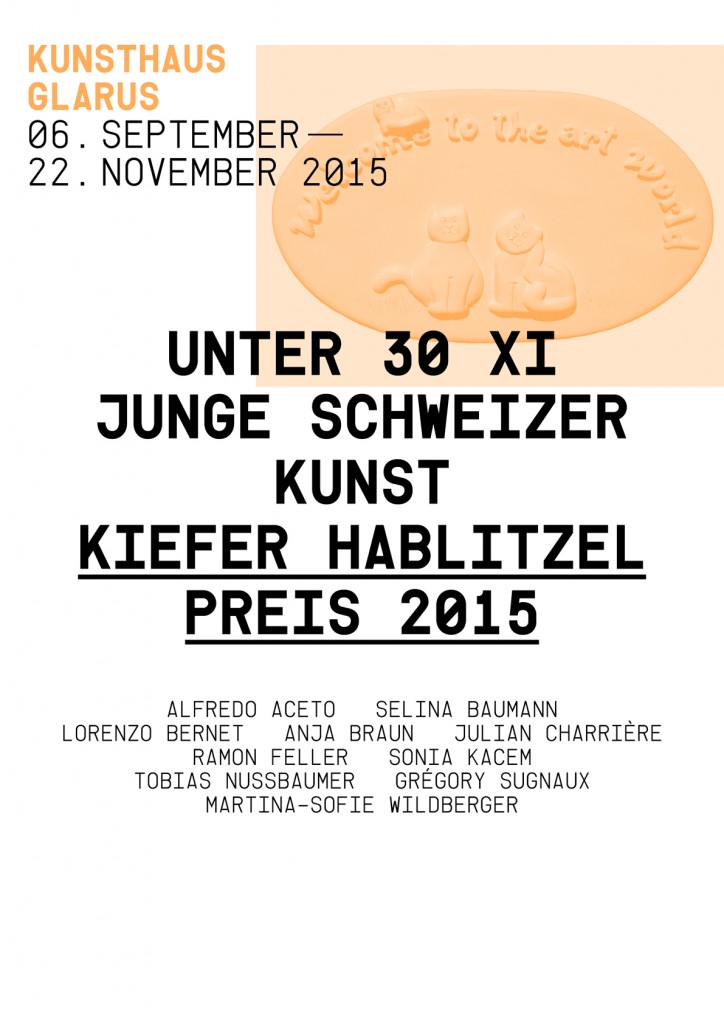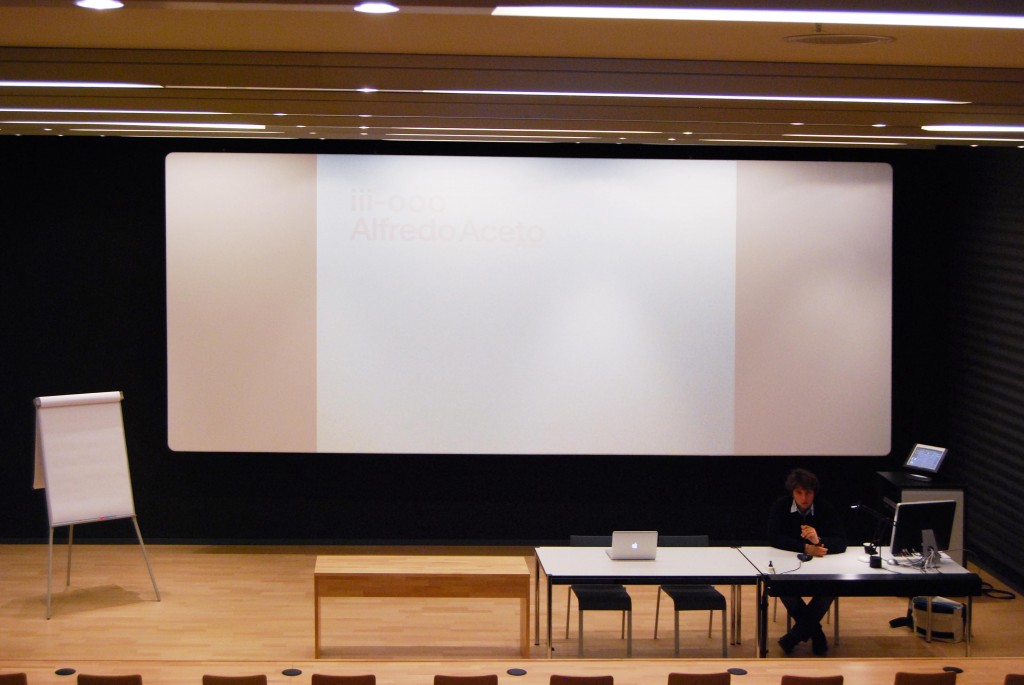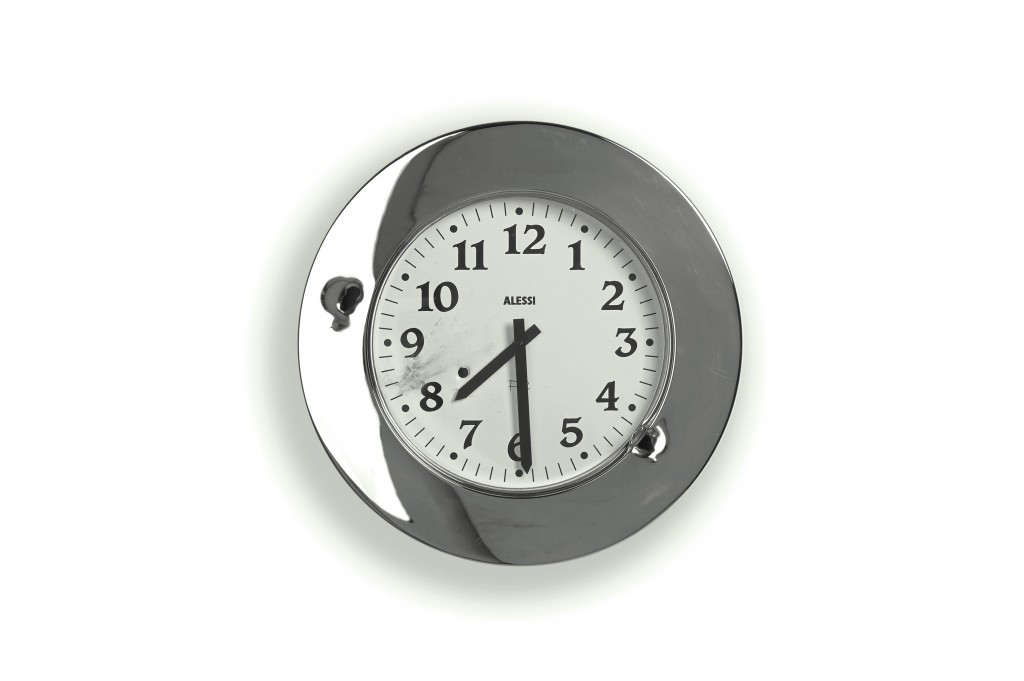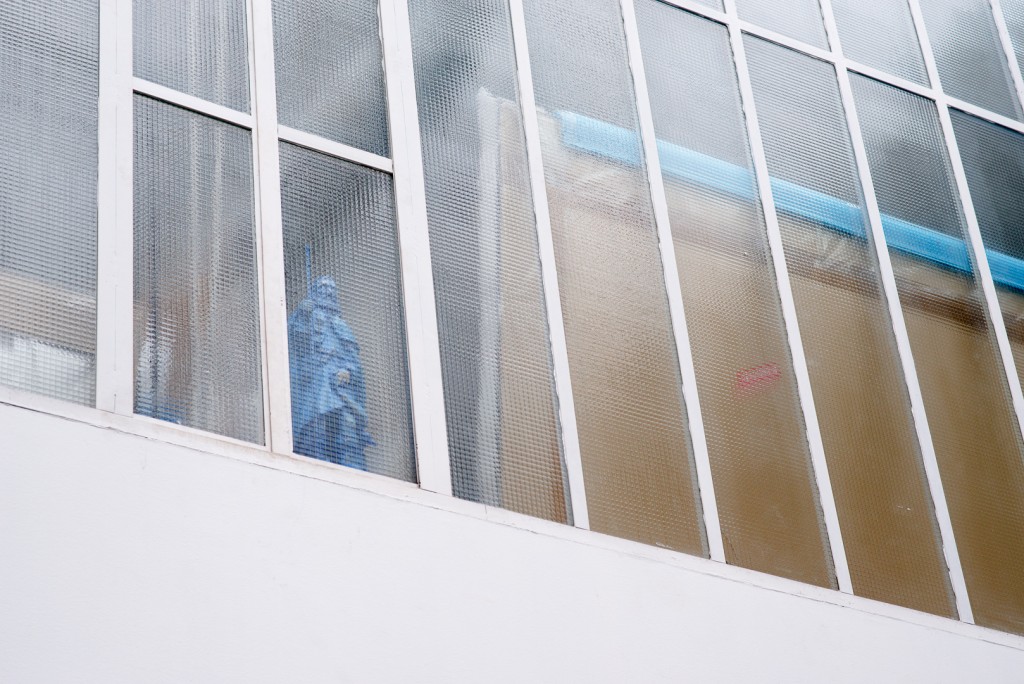Q&A with Alfredo Aceto
“ambarabaciccicoccò” (detail)
2012, ink on paper
courtesy Galerie Bugada & Cargnel, Paris
“The Arcades Project”, installation view
2013
courtesy Galerie Bugada & Cargnel, Paris
“The Arcades Project”, installation view
2013
courtesy Galerie Bugada & Cargnel, Paris
S-R 2013
courtesy Galerie Bugada & Cargnel, Paris
1: Can you tell me about your background? – And what was the first artwork you made ?
I was born in Turin, Italy and I live in Switzerland. I studied fine arts at ECAL (Ecole Cantonale d’Art de Lausanne).
The first artwork I ever made was to ask the artist Sophie Calle, who was my deepest obsession at that time, to tattoo her signature on my skin.
Then I asked a psychologist to help me get out of my Sophie Calle obsession. He then suggested I choose another woman in the art world and live with her.
I went to Alaska to stay with Paola Pivi helping her build a new house.
2: What is more important to you regarding your work: The Process. The final visual outcome. The material ? Or something else ?
I don’t think it is up to the artist to say what is more important in his work. Usually people change their way of perceiving it very soon. But if I really have to answer, I think the most important thing in my work is trying to be a good human being. To me it’s also necessary to generate doubts and questions in the public, this approach is what makes art so fascinating especially today in such a fragmented context.
The shape, the size and the material are only excuses for making people think.
3. The a idea / concept behind your art – Can you tell me more about it ?
I strongly believe that an artwork should be self explanatory and demands the least explanations possible.
Visions are part of my creative process. I mainly trust my instinct because it’s the only way to be so close to the major concerns and the strongest emotions we have. When I’m starting a new work I never try to elaborate theories about it, but later in the creative process, I need to exchange a lot with people. I had the chance to discuss with extraordinary philosophers and artists who guided me along the way.
4: The change in the body of works, to the Mask Paintings in the current show At Frutta in Rome, Can you tell me more about it ?
It’s not a change at all! My works are never similar, they always differ from one to the next just because I’m not looking for comfort and I’m not able to take advantage from an easy situation.
In this case, I was looking for a studio practice in order to understand myself and the relationship between my brain, my body and my character.
5: The new Mask Paintings, Can you tell me more about the idea, process and how you came to do these ?
During the tests of prototypes cars, the producers obscure the shape and size through adhesives. This adhesive is decorated by abstract patterns on a black background.
Those drawings, borrowed from the automotive context, give birth to stamps which, thanks to an aqueous solution of gallic and tannic acid, are successively applied on canvas or on drywall.
A bit like the “Manifesto” that Alighiero Boetti realized in 1967, every symbol has a quantitative and qualitative signification that creates an impossible algorithm.
The use of this pattern invented to hide cars, on flat surfaces – common denominator of a painting – led to the negation of the pictorial act.
There is also a reflection on the place that paintings have in our generation.
I never thought about being a painter and to be honest I never thought that being a painter would be something interesting to me. But after my two years of studying at ECAL in Switzerland, I get more and more familiar with a certain kind of work and reflection. I had teachers like Francis Baudevin, Philippe Decrauzat, Stéphane Dafflon or Valentin Carron that taught me the importance of patience, respect and they gave me a vision that I consider typically swiss. I am really happy about all those values I learned.
6: What would you ask an artist in a Q&A and Who ?
I would like to talk with my friend Landon Metz about two central topics. The first would be the position that sculpture could have into his body of work. The second topic would be about our character or our “personnage”: Landon, like very few young artists, has something very impressive like Olivier Mosset who is probably the most impressive artist on earth.
Otherwise I would ask Julian Charrière who is a very young artist that I never met in person. I like his work a lot. I’d like to talk with him about epic adventures.
Link to Gallery – Frutta – Rome >>>





Pingback: All about art – 2014 | Copenhagen Contemporary Art